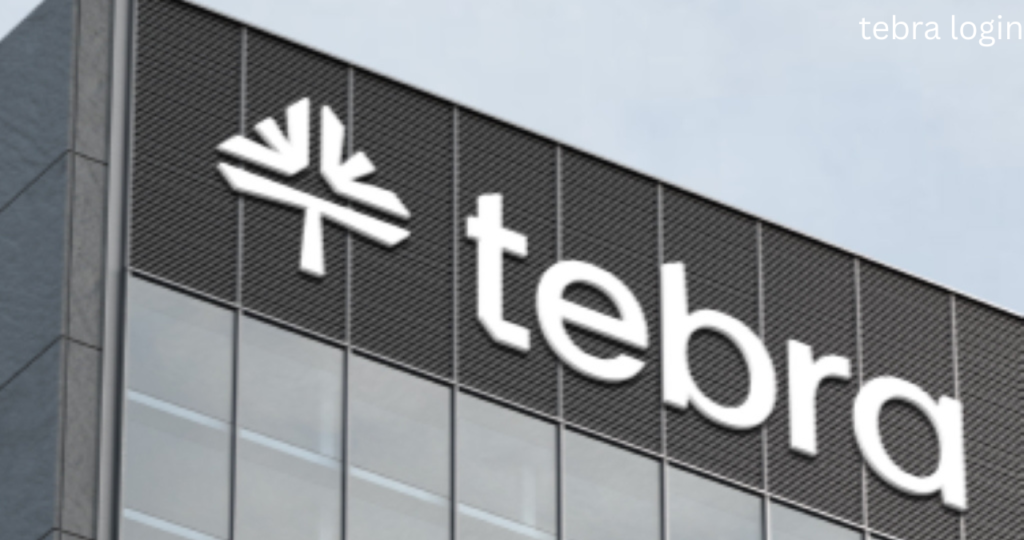
tebra login
Introduction to Tebra and Its Login System
Tebra is revolutionizing the way independent healthcare practices manage operations by offering a comprehensive, cloud-based platform that combines electronic health records (EHR), billing, scheduling, telehealth, and marketing in one centralized system. As the product of a merger between Kareo and PatientPop, Tebra aims to streamline the complex workflows of modern medical practices while enhancing patient engagement and provider efficiency. With thousands of healthcare providers depending on Tebra daily, gaining quick and secure access to the platform is essential.
At the heart of this seamless system lies the Tebra login — the digital gateway to everything your practice needs. Whether you’re a provider reviewing patient charts, an admin overseeing billing, or a front-desk staff member scheduling appointments, the login process connects users to critical features designed to improve practice performance. Because healthcare data is sensitive and regulated under HIPAA, the login process is designed not just for convenience, but also with security in mind.
Understanding the Tebra login system is more than just learning how to enter a username and password. It’s about optimizing your access experience, safeguarding your data, and ensuring your team can function efficiently without delays or errors. In this guide, we’ll walk you through the entire login process, provide expert tips for troubleshooting, and help you maintain a secure, smooth experience every time you log in.
Step-by-Step Guide to Tebra Login Process
Accessing your Tebra account begins with navigating to the official login page, typically found at https://www.tebra.com/login or through your practice’s customized portal link. Bookmarking this page on your browser is highly recommended to avoid phishing attempts and ensure quick access daily. Once on the login page, you’ll be prompted to enter your email address or username, followed by your password.
If your organization uses single sign-on (SSO), Tebra can integrate with systems like Microsoft Azure Active Directory or Google Workspace, simplifying access with fewer credentials to remember. For enhanced security, many users will also be prompted for two-factor authentication (2FA). This requires a code sent to your phone or authentication app to complete the login process. It’s an extra layer of protection for your sensitive data.
Tebra is accessible across multiple devices, including desktop computers, laptops, tablets, and smartphones. Its responsive interface ensures that features like telehealth or appointment management are easily navigable on smaller screens. For mobile users, the Tebra login works smoothly via a browser — though it’s always best to use updated, secure versions of Safari, Chrome, or Firefox to avoid compatibility issues.
If your login attempt fails, don’t panic. A simple typo in your email or password could be the culprit. Double-check for spelling, case sensitivity, or unintended spaces. If the issue persists, Tebra offers easy options to reset your credentials and regain access quickly.
Managing Your Tebra Login Credentials and Security
A secure login starts with a strong password. Tebra requires users to create passwords that meet modern security standards — typically including uppercase and lowercase letters, numbers, and special characters. It’s recommended to change your password every 60 to 90 days to minimize the risk of unauthorized access, especially in shared environments like clinics or multi-user offices.
If you’ve forgotten your password, simply click the “Forgot Password?” link on the login page. You’ll receive a reset email that allows you to create a new password without compromising your existing data. Make sure to use a secure, personal email account that’s regularly monitored to avoid missing important alerts or login support messages.
Tebra also supports two-factor authentication (2FA), a vital feature for healthcare providers managing sensitive patient data. Enabling 2FA through the settings menu helps reduce the risk of hacking or breaches, especially if your credentials are ever exposed through phishing or social engineering attempts. For administrators, it’s also possible to enforce 2FA organization-wide.
Tebra employs strict role-based access control (RBAC), meaning users only have access to the data necessary for their job roles. For example, a billing specialist won’t have access to clinical notes, while a provider won’t see system-wide financial dashboards unless granted permission. This granular control enhances privacy while aligning with HIPAA compliance standards
Common Login Issues and How to Fix Them

Despite its intuitive design, users may occasionally encounter login issues on the Tebra platform. One of the most frequent errors is the “Invalid Credentials” message. This typically results from mistyped passwords, outdated login information, or attempting to log in with an inactive account. Verifying your email and ensuring your password is current usually resolves this issue quickly.
Another common hurdle involves browser compatibility. Tebra recommends using updated versions of Chrome, Firefox, Safari, or Edge. Outdated browsers or heavy browser extensions can interfere with loading scripts, leading to errors or failed sessions. Clearing your browser cache or switching to incognito mode can often resolve these conflicts.
Session timeouts are also standard on secure systems like Tebra. If you’re logged out unexpectedly, it’s likely due to inactivity or multiple logins from different locations. To avoid data loss, always save your progress before stepping away from your device. Also, avoid sharing credentials among team members, as this can lead to security conflicts and user lockouts.
If Tebra’s login page is completely unresponsive or showing an error, check the company’s status page or support channels. Scheduled maintenance or outages are typically communicated in advance. If the issue persists and appears isolated, it’s best to contact Tebra customer support for a quick resolution. They can walk you through recovery options or escalate the issue to technical staff.
Tips for a Smooth Tebra Login Experience
Ensuring consistent, stress-free access to Tebra requires a few proactive habits. Start by bookmarking the official login page and enabling secure browser autofill features. While convenient, avoid saving passwords on shared or public devices. Consider using a password manager like LastPass or 1Password for added security and ease of access.
If you frequently access Tebra on the go, create a shortcut on your smartphone or tablet home screen. This gives you one-tap access to the login page and saves time during busy clinic hours. Additionally, ensure that any mobile device you use has screen lock protection and automatic updates enabled to maintain optimal security.
Administrators can also enhance the login experience by setting user roles and permissions in advance, limiting confusion for new staff members. For teams working across multiple locations or shifts, creating standardized login guides or onboarding documents is beneficial. It ensures everyone understands how to access the platform securely and efficiently.
Lastly, stay informed. Subscribe to Tebra’s updates or maintenance alerts to avoid disruptions. Make a habit of logging out after each session, especially when working on shared terminals or public Wi-Fi networks. These small practices collectively contribute to a smoother, safer login experience and reinforce your practice’s data protection standards.
Conclusion
The Tebra login process is more than just a point of entry; it’s the launchpad for running a modern, agile, and patient-centered healthcare practice. With secure access protocols, user-friendly design, and flexible device compatibility, Tebra ensures that every login leads to productivity — not frustration. By understanding how the login system works and following best practices, users can maximize uptime, safeguard sensitive data, and support a seamless clinical workflow.
Whether you’re a solo practitioner, billing coordinator, or part of a large multi-provider team, a smooth login experience helps you stay focused on delivering quality care. As digital healthcare continues to evolve, platforms like Tebra will play a central role in shaping efficient, secure, and scalable practice operations. And it all begins with a simple, secure login.
FAQs About Tebra Login
Where can I find the official Tebra login page?
You can access the Tebra login page at https://www.tebra.com/login or through your practice’s unique portal link.
What should I do if I forget my Tebra password?
Click on “Forgot Password?” on the login page and follow the instructions sent to your registered email address.
Does Tebra offer mobile login support?
Yes, Tebra is mobile-friendly and can be accessed via mobile browsers. You can also create a home screen shortcut for quick access.
Why does my session log out automatically?
This is a security measure to protect sensitive data. Tebra logs users out after a period of inactivity.
Is Tebra login secure and HIPAA-compliant?
Absolutely. Tebra uses encryption, secure login protocols, and offers two-factor authentication to meet HIPAA standards.
Can I use the same login for different locations or roles?
Yes, as long as your role permissions are set accordingly by your administrator.
How do I enable or disable two-factor authentication on Tebra?
You can manage 2FA from your account settings under “Security.” Admins can also enforce it for teams.
What browsers work best for accessing Tebra?
Google Chrome, Mozilla Firefox, Microsoft Edge, and Safari are all compatible, provided they are up to date.
What should I do if Tebra login is down?
Check Tebra’s system status page or contact support. It could be a temporary issue related to maintenance.
How can I contact Tebra customer support for login help?
You can reach out through the Tebra help center or contact their technical support directly for immediate assistance.
You May Also Read: https://usabuzwire.com/tebra/





